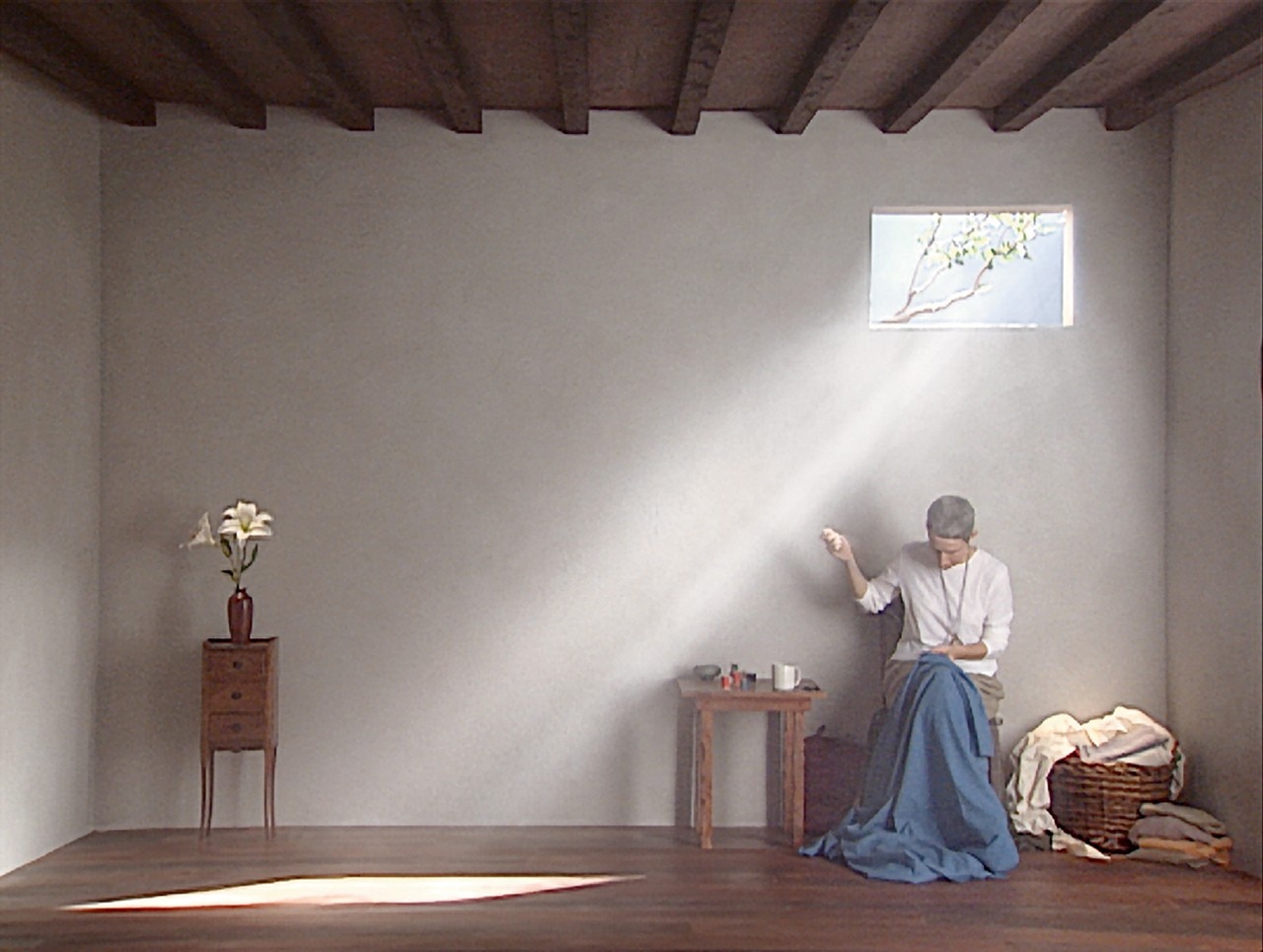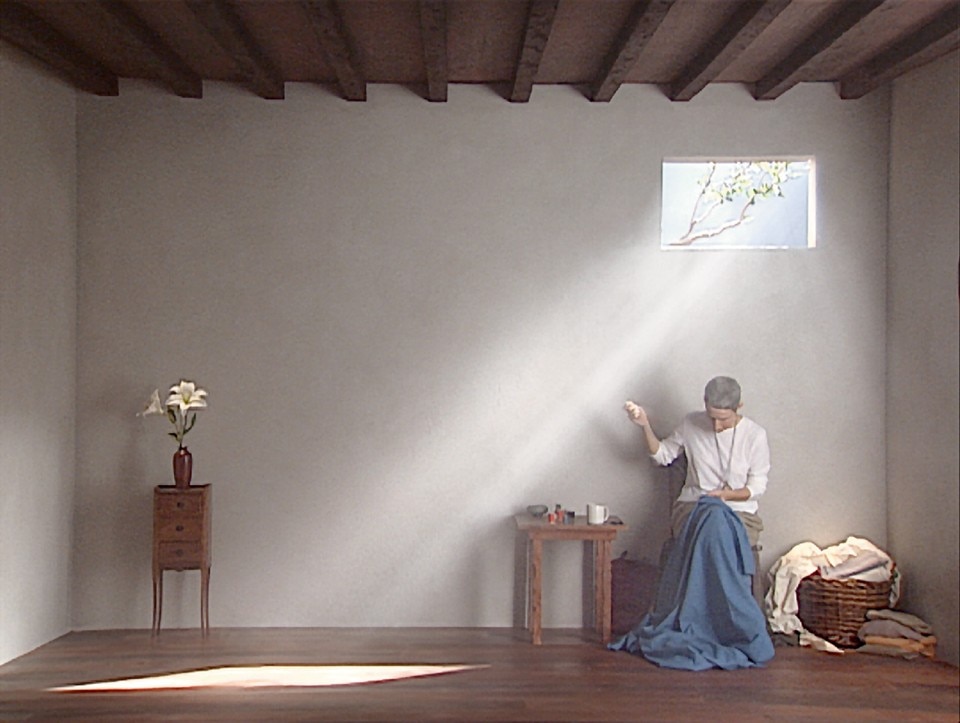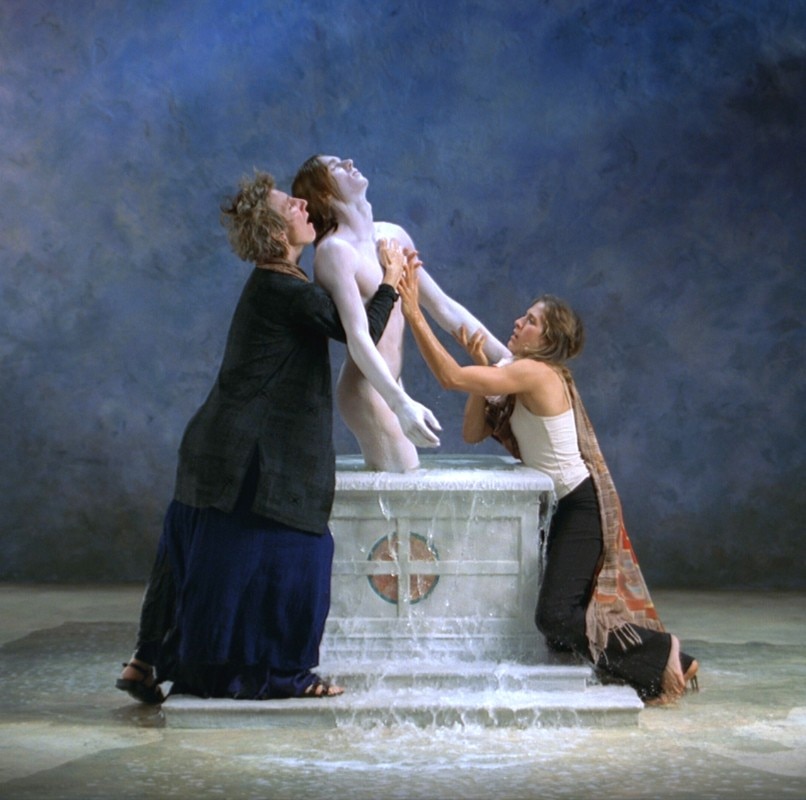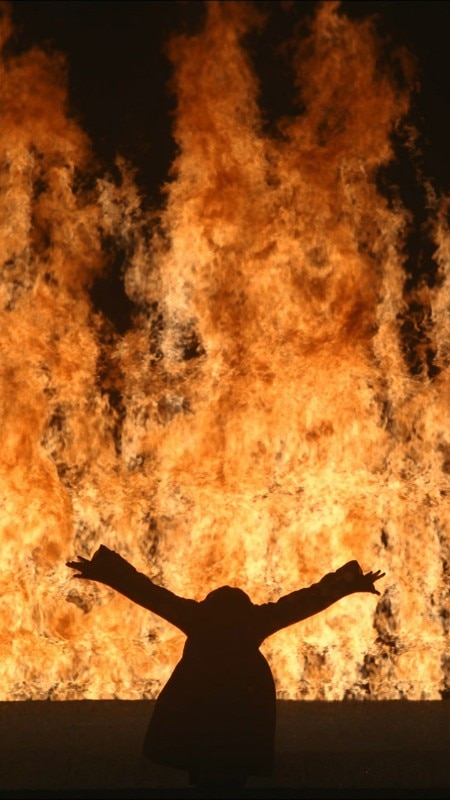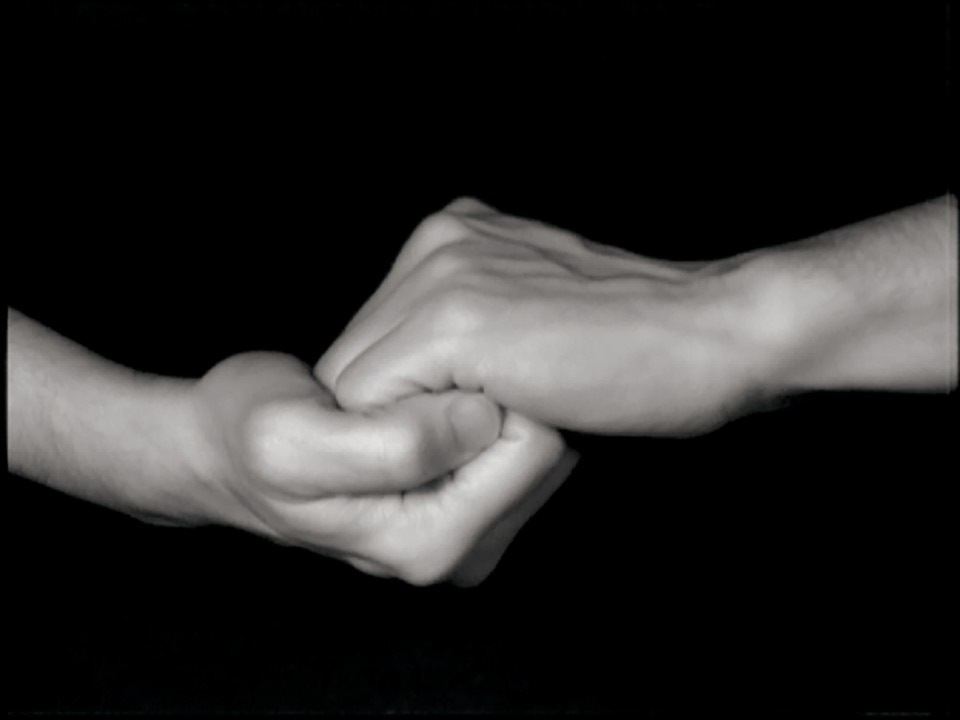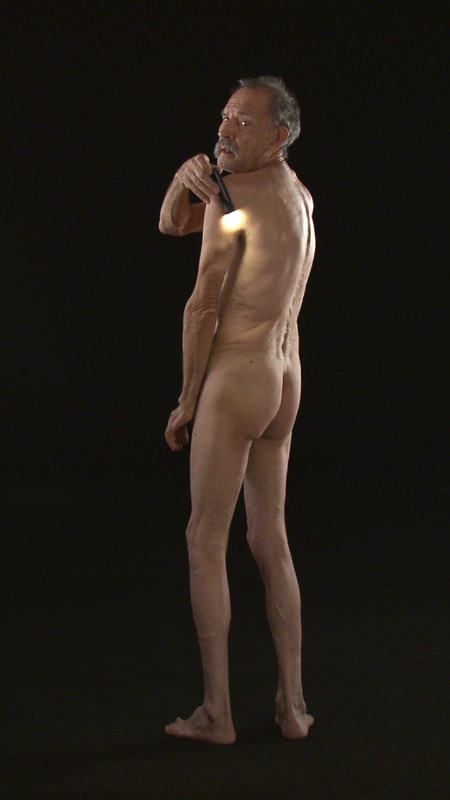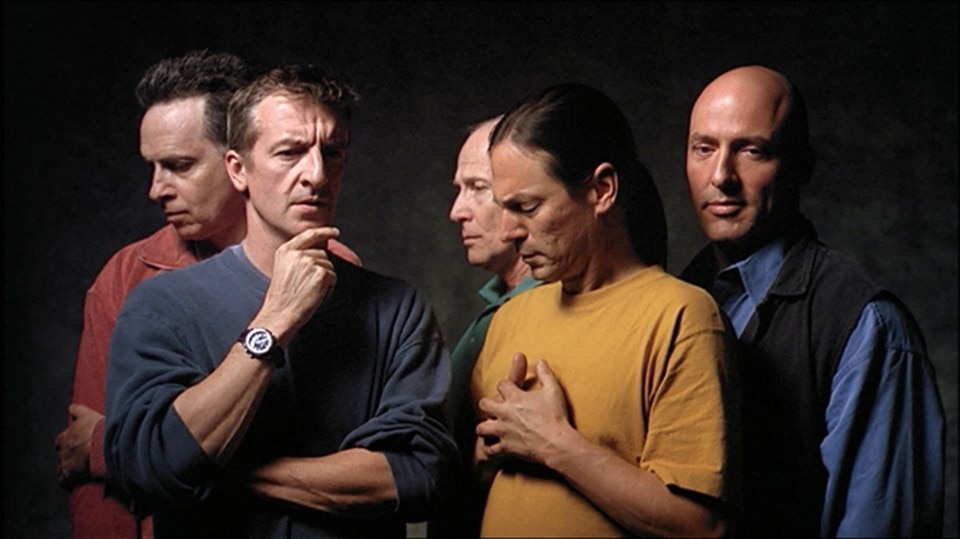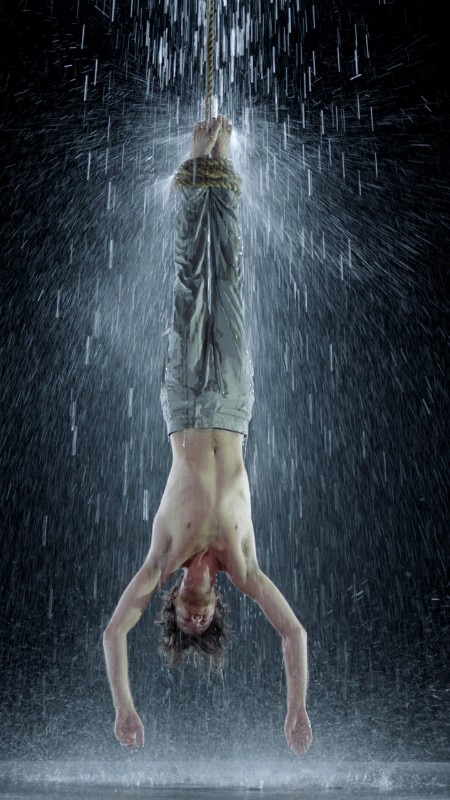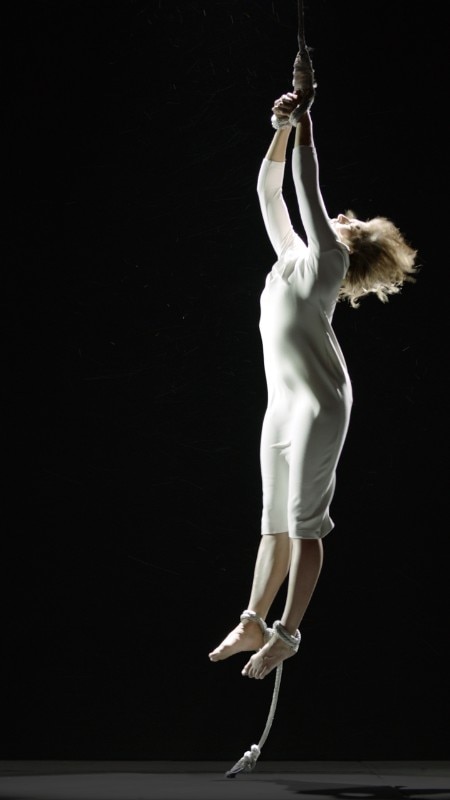"I have always been interested in seeing the invisible, without resorting to special effects. And it was this tension that took me beyond the world of electronics, towards water with its transformations and reflective properties, and to slow-motion."
Bill Viola, in conversation with Hans Belting in 2003 on the occasion of the exhibition The Passions at the Getty Museum in Los Angeles, summarizes not only the culmination of his research at that time, but also the experience of more than forty years of his career.
BILL VIOLA, the exhibition recently opened in Milan in the halls of Palazzo Reale and curated by Kira Perov, traces the American artist's activity since the 1990s with fifteen works, which effectively show the tension that the artist indicates as a fundamental impulse for his poetics.
I have always been interested in seeing the invisible, without resorting to special effects. And it was this tension that took me beyond the world of electronics, towards water with its transformations and reflective properties, and to slow-motion.
Among the leading artists of American video art, Bill Viola (New York, 1951) has been exploring the possibilities of video since the 1970s, as a new medium for investigating human nature and its relationship with the outside world, starting from observation of the real world and experimenting with recording and editing techniques.
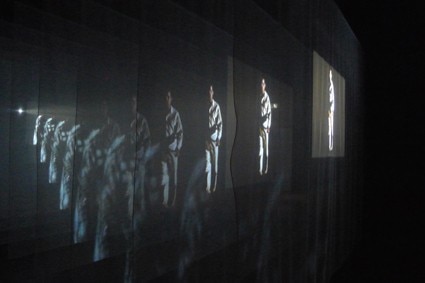
Considering the enhanced expressive potential of video compared to traditional media, his work crosses the major issues of our times. Viola's approach ponders on how the mechanisms of technology mimic the functionality of what constitutes human interiority, such as the electrical nature of the brain's impulses. That’s where the artist sees a possibility for the exploration of human inner states, creating a link between the visible and invisible.
Since the 1990s, this research has resulted in a new composition of the image, as an almost cinematic scene with clear art-historical inspirations, and in the 2000s it continues with a development in the performative dimension.
Here are five useful insights into his life and poetics, to fully understand Bill Viola's works.
The Context of Video Art in the 1960s
In the 1960s, the moving image became the main interest of a number of pioneering video artists, such as Nam June Paik, Peter Campus, and Bruce Nauman. Bill Viola was still a student, while explorations of this new medium had been underway for quite some time. At the beginning of his career, he had already figured out the practices of technological experimentation, of and on video as such. Therefore, the artist considers video as one of the mediums available to contemporary art, through which he could delve into its understanding of reality.
The relationship between sound and video in the education of Bill Viola
Bill Viola graduated from Syracuse University in 1973, and shortly thereafter started working with David Tudor. Many of his early experiences with video come from sound experiments, and sound remains a key element in his work. The artist is interested in the ability of a microphone and of a video camera to record the continuity of a portion of time. In 1976, he moved to Florence to work on the Art/Tapes/22 project run by Maria Gloria Bicocchi, here, he met Nam June Paik and many other artists who would have influence on him, like Vito Acconci.
Bill Viola and Italy
In the works of the 1990s and 2000s, there’s a very strong connection with Italian Medieval and Renaissance art, which the artist had studied extensively during his years in Florence. In particular, works of sacred art become a source of inspiration for a new compositional mode of the image, more pathetic, cinematic, and directed to a performative dimension. Examples of this change of direction are, among other works in the exhibition, The Greeting (1995) inspired by Pontormo's Visitation (1528), and Emergence (2002) inspired by Masolino da Panicale's Christ in Pity (1424).
The connection between East and West
Spirituality, life and death, the sacralization of the everyday, and nature, are recurring themes in Viola's work that refer to his rapprochement with Eastern philosophies, thanks to his many trips to the Asian continent. The artist creates a relationship of exchange and union between East and West, also highlighting common symbologies, such as that of water, one of the fundamental elements of his poetics, for its material and symbolic implications of purification, rebirth, and regeneration.
Expanded temporality
The artist’s choice to extend the time of the action, gives it a ritualistic meaning. The slow-motion technique allows access from the visible to the invisible: the slowness of the movement induces the viewer to stare attentively at the image, in order to grasp its evolution, inducing at the same time contemplation and a state of identification.


